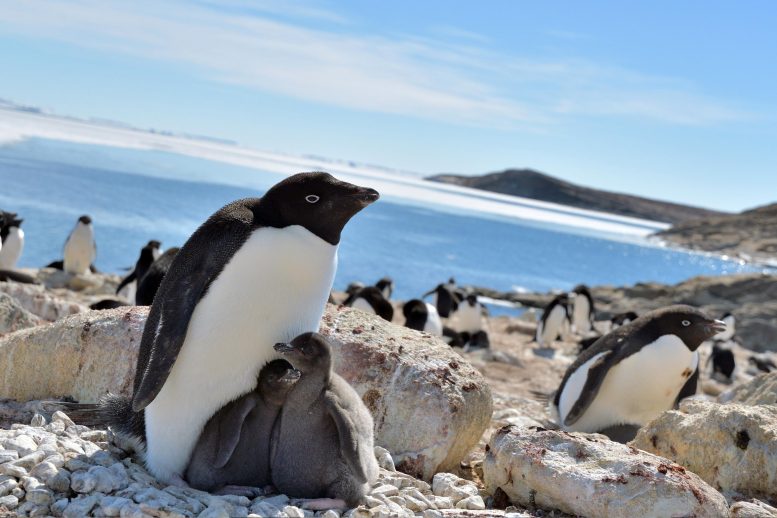
Adélie penguins in Lützow-Holm Bay, Antarctica, enjoy easy access to food and increase body weight and breeding success in ice-free summer. Credit: Yuuki Watanabe (National Institute of Polar Research, Japan)
Researchers have been surprised to find that Adélie penguins in Antarctica prefer reduced sea-ice conditions, not just a little bit, but a lot. As climate models project a rapid reduction of the continent’s sea ice over the rest of the century, this iconic polar predator could be a rare global warming winner. Their research findings are published today (June 24, 2020) in Science Advances.
In recent decades, Antarctica has experienced a steady increase in the extent of its sea ice — frozen seawater — even as its polar twin, the Arctic, has suffered through a marked decrease. But this is not expected to last for much longer as the climate changes, with Antarctica also projected to see a decline in its sea ice, with all the consequences of such changes to the maritime habitat for the organisms that live there.
But such consequences aren’t always negative.
Polar biologists have known for some time that Adélie penguins, the most common species of penguin in Antarctica, tend to see population increases during years of sparse sea ice and suffer massive breeding failures during those years with the greatest growth of sea-ice.
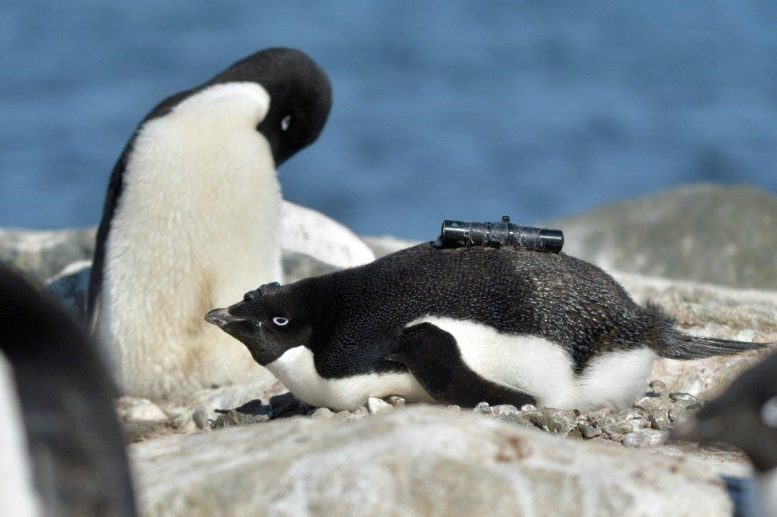
A penguin equipped with a video camera on its back and an accelerometer on its head. Credit: Yuuki Watanabe, National Institute of Polar Research
But until now, researchers didn’t really know why this happened. The handful of studies that made mention of the relationship between population growth and sea-ice have only ever established a correlation, not a cause.
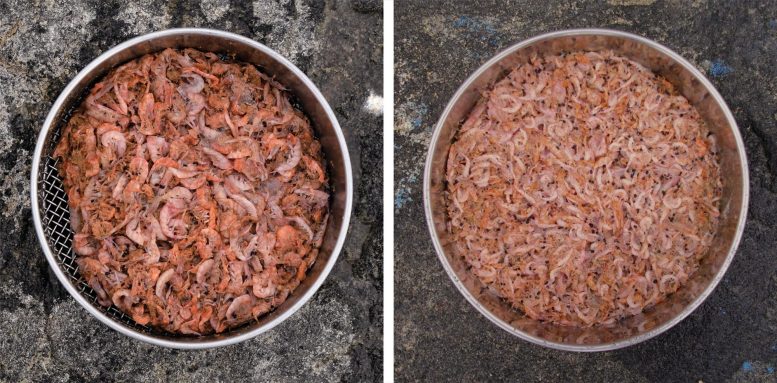
Krill sampled from penguin stomachs. Krill (Euphausia superba, left; E. crystallorophias, right) were sampled from a penguin in January 2017 during an ice-free season and January 2011 during an ice-covered season, respectively. Krill sampled on the left are much larger than the ones sampled on the right. The service is 24 centimeters in diameter. Credit: Yuuki Watanabe, National Institute of Polar Research
That missing piece of information has now been found. Researchers with Japan’s National Institute of Polar Research electronically tagged 175 penguins with GPS devices, accelerometers, and video cameras across four seasons with different sea-ice conditions, allowing them to track penguins on their trips, categorize walking, swimming and resting behavior, and estimate the number of prey captured during dives.
“It turns out that these penguins are happier with less sea-ice,” said lead researcher Yuuki Watanabe at the National Institute of Polar Research. “This may seem counter-intuitive, but the underlying mechanism is actually quite simple.”
He explained that in ice-free conditions, penguins are able to travel more by swimming than by walking.
“For penguins, swimming is a whopping four times faster than walking. They may be sleek in the water but are pretty slow waddlers overland,” he added.
In seasons with heavy sea ice, the penguins have to walk (and sometimes toboggan) a long way to find cracks in the ice in order to access the waters where they hunt, taking sometimes quite lengthy rests along the way.
But when there is less sea ice, penguins can dive anywhere they want, often just entering the water right by their nests. This is more energy- and time-efficient and it expands their foraging range. Most importantly, this likely reduces competition with other penguins for prey and allows them to catch more krill — the penguin’s main prey. Less sea ice also means more sunlight entering the water, leading to larger blooms of the plankton upon which krill feed.
However, all this only happens for those penguins that live on the main, “continental” part of Antarctica. The opposite happens to the penguins that live on the thin Antarctic peninsula that sticks out from the continent or live on its islands.
The researchers have a few hypotheses as to why this might be the case, and so the next chapter in this story will be to test those ideas too.
Reference: “Foraging behavior links sea ice to breeding success in Antarctic penguins,” by Yuuki Y. Watanabe, Kentaro Ito, Nobuo Kokubun and Akinori Takahashi, 24 June 2020, Science Advances.
DOI: 10.1126/sciadv.aba4828
About the Research Organization of Information and Systems (ROIS) ROIS is a parent organization of four national institutes (National Institute of Polar Research, National Institute of Informatics, the Institute of Statistical Mathematics and National Institute of Genetics) and the Joint Support-Center for Data Science Research. It is ROIS’s mission to promote integrated, cutting-edge research that goes beyond the barriers of these institutions, in addition to facilitating their research activities, as members of inter-university research institutes.
About National Institute of Polar Research (NIPR) The NIPR engages in comprehensive research via observation stations in Arctic and Antarctica. As a member of the Research Organization of Information and Systems (ROIS), the NIPR provides researchers throughout Japan with infrastructure support for Arctic and Antarctic observations, plans and implements Japan’s Antarctic observation projects, and conducts Arctic researches of various scientific fields such as the atmosphere, ice sheets, the ecosystem, the upper atmosphere, the aurora and the Earth’s magnetic field. In addition to the research projects, the NIPR also organizes the Japanese Antarctic Research Expedition and manages samples and data obtained during such expeditions and projects. As a core institution in researches of the polar regions, the NIPR also offers graduate students with a global perspective on originality through its doctoral program.

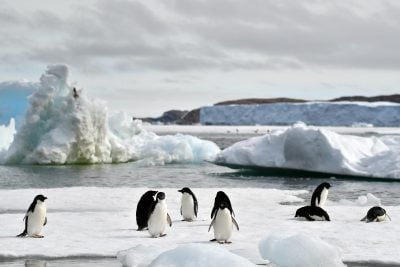
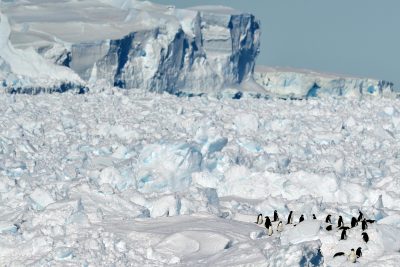
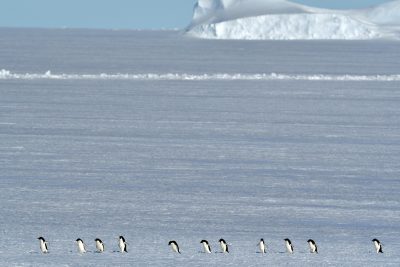
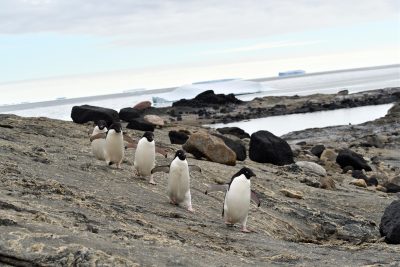
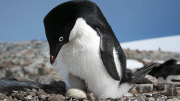
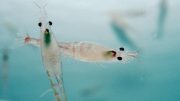
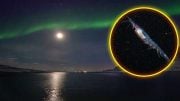


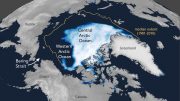
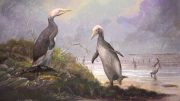
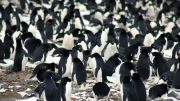
“…, this iconic polar predator could be a rare global warming winner.”
This is a biased opinion. Later in the same article, it is stated, “Less sea ice also means more sunlight entering the water, leading to larger blooms of the plankton upon which krill feed.” This ripples up the food chain, providing more food for filter-feeding whales; larger survival rates of penguins provide more food for leopard seals and killer whales. This is just the Antarctic ecosystem!
NASA has discovered that increased CO2 and warmth has increased mid-latitude vegetation by about 18%.
Which is more valuable, stasis or expanding life?